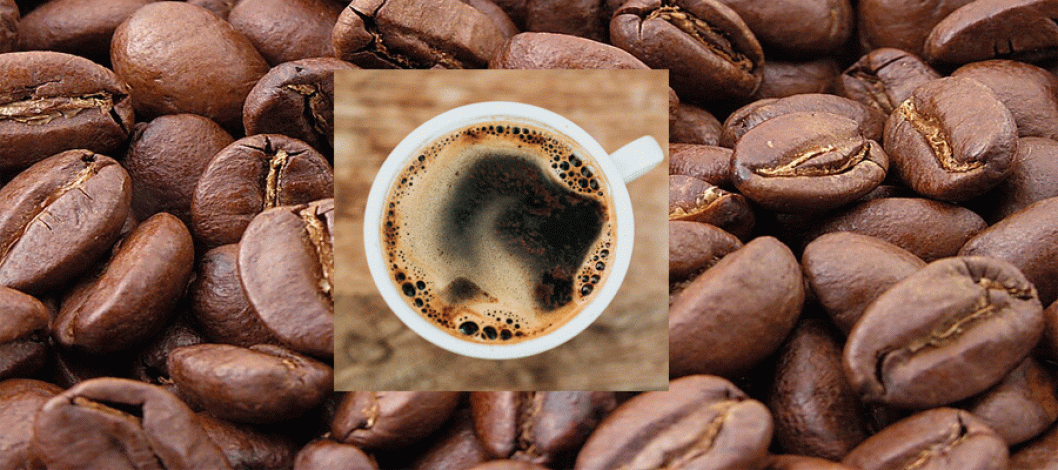
File Photo
Here are some broad insights and recent patterns into the global coffee market trends from May to July 2025. Coffee prices have been volatile over the past three months. As of July 30, 2025, coffee prices reached US$298.18/pound, a slight daily increase of 0.26%, a 1.12% increase over the past month, and a 30.50% year-on-year increase. This indicates strong price momentum, possibly due to supply concerns or increased demand. In June 2025, the International Coffee Organization’s Composite Indicator Price (I-CIP) fell below 300 US cents/pound for the first time since December 2024, averaging 303.02 US cents/pound but trending downward throughout the month, although still 30.1% higher than in June 2024.
Export data shows mixed signals. World coffee exports reached 12.65 million bags in May 2025, up from 12.05 million bags in May 2024. But in the 2024/25 coffee year (October 2024 to May 2025), exports fell 2.3% to 91.29 million bags, from 93.44 million bags the previous year. Arabica exports rose from 81.1 million to 86.0 million bags, while robusta fell from 52.51 million to 50.7 million, indicating a shift in production or market preferences.
Demand is growing, particularly for specialty and sustainable coffees. Consumers are increasingly interested in organic, fair-trade and single-origin beans, with certifications such as the Rainforest Alliance gaining traction. Emerging markets, particularly in Asia (think China’s consumption up 140% from 2018-21), are driving growth, along with Eastern Europe and the Middle East. Millennials and Gen Z are big players, chasing unique flavors and eco-conscious brands.
Market size forecasts vary, but they are optimistic. One estimate expects the global coffee market to reach US$138.15 billion in 2024, growing at a CAGR of 4.6% to US$216.60 billion by 2034. Another estimate is US$102.98 billion in 2025, growing by 5.4% to US$156.85 billion by 2033. These numbers reflect increasing consumption, premiumization, and the expansion of café culture.
Sustainability is no longer a negotiable issue. From farm to cup, brands are being pressured to adopt eco-friendly packaging, water conservation, and fair labor practices. Direct trade is also on the rise, ensuring better traceability and compensation for farmers. Instant coffee still holds a strong 35% market share, but ready-to-drink (RTD) and cold brew are growing rapidly, especially among younger, urban consumers.
-SZK
Comment Now